Home>Furniture & Design>Outdoor Furniture>How To Create An Outdoor Play Area For Kids
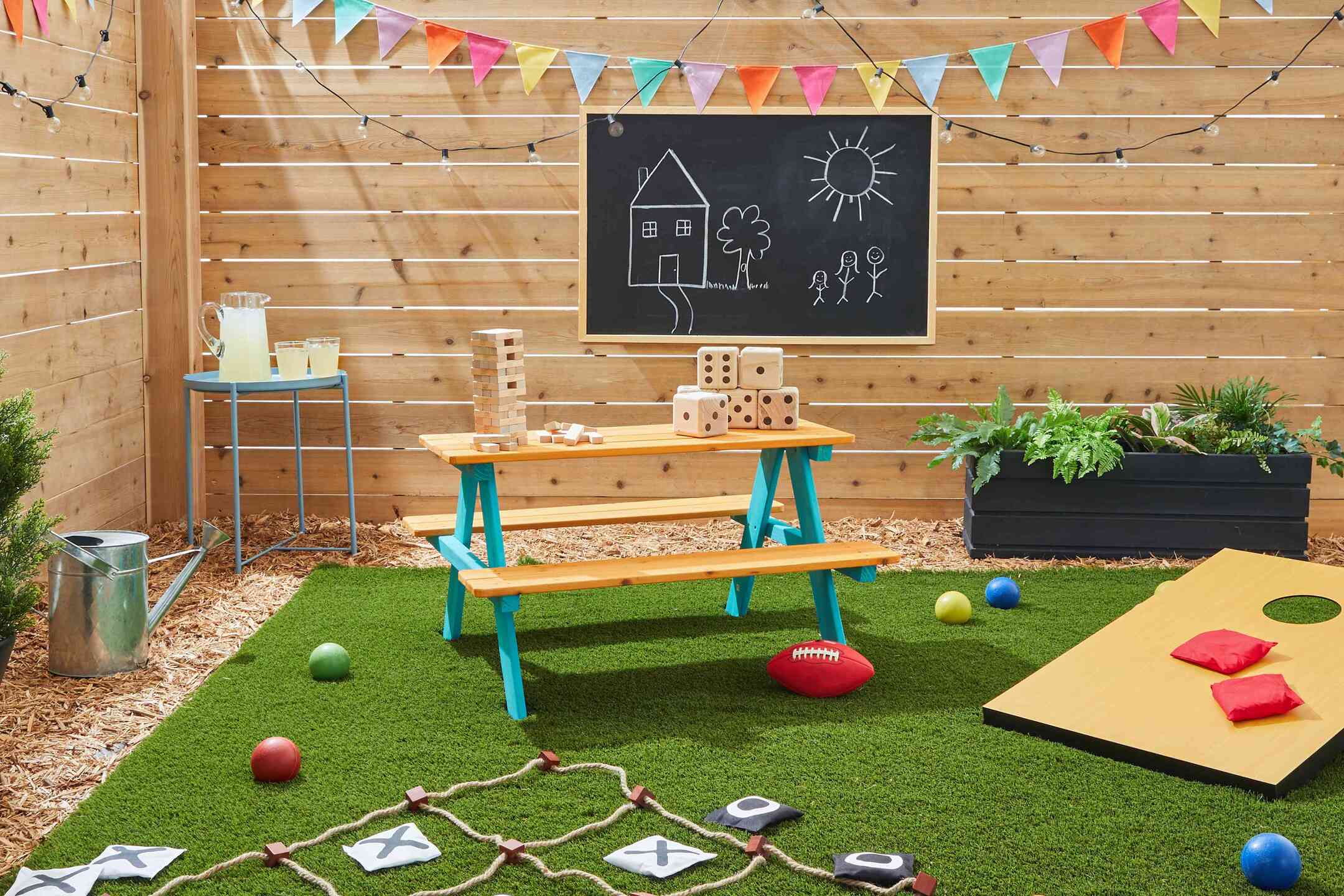

Outdoor Furniture
How To Create An Outdoor Play Area For Kids
Modified: March 24, 2024
Learn how to design a fun and safe outdoor play area for kids with the best outdoor furniture and design ideas. Create a space for endless play and imagination!
(Many of the links in this article redirect to a specific reviewed product. Your purchase of these products through affiliate links helps to generate commission for Storables.com, at no extra cost. Learn more)
Introduction
Creating an outdoor play area for kids is a wonderful way to encourage them to engage in physical activity, explore their creativity, and connect with nature. Whether you have a spacious backyard or a cozy patio, designing a play area that is safe, stimulating, and aesthetically pleasing can provide countless hours of fun and learning for children. In this guide, we will explore the essential elements of crafting an outdoor play space that will captivate young minds and provide a haven for imaginative play.
A well-designed outdoor play area offers numerous benefits for children. It provides a space for them to expend their boundless energy, fostering physical health and overall well-being. Additionally, it stimulates cognitive development, encourages social interaction, and nurtures a love for the outdoors. By carefully selecting equipment, considering safety measures, and incorporating educational and natural elements, you can create an environment that promotes holistic growth and joyful experiences for the little ones.
As we delve into the key components of constructing an outdoor play area, we will explore the importance of choosing the right location, selecting suitable equipment, implementing safety measures, creating a comfortable seating area for supervising adults, integrating natural elements, and adding educational features. Furthermore, we will touch on the significance of regular maintenance to ensure the longevity and safety of the play area. Let's embark on this exciting journey of designing an outdoor space that will ignite children's imagination and provide them with countless moments of joy and discovery.
Key Takeaways:
- Encourage kids to play outdoors by creating a safe, fun, and educational play area with age-appropriate equipment, natural elements, and comfortable seating for caregivers.
- Designing an outdoor play area for kids promotes physical activity, creativity, and learning while fostering a love for nature and providing a safe and engaging environment.
Read more: How To Create Shade In A Play Area
Choosing the Right Location
When establishing an outdoor play area for kids, selecting the right location is paramount. The ideal space should offer a balance of safety, accessibility, and potential for imaginative play. Consider the following factors when choosing the location for your outdoor play area:
- Safety First: Prioritize safety by opting for a location that is away from potential hazards such as bodies of water, steep slopes, or dense shrubbery. Ensure that the area is free from sharp objects, tripping hazards, and toxic plants. Additionally, choose a spot that provides good visibility from the house or the supervising adult’s area to easily keep an eye on the children at play.
- Accessibility: The location should be easily accessible from the house, allowing children to move between the indoor and outdoor spaces seamlessly. If the play area is in the backyard, ensure that there is a clear, unobstructed path leading to it. For urban dwellers, a balcony or patio can serve as a suitable location for a compact play area.
- Space for Creativity: Look for a location that offers ample space for children to engage in various activities. Whether it’s a grassy lawn for running and playing games, a paved area for riding tricycles, or a designated sandbox or play structure, the space should accommodate a range of play options.
- Shelter and Shade: If possible, choose a location that provides natural shade from trees or a canopy. Alternatively, consider incorporating a sunshade or umbrella to protect children from excessive sun exposure during outdoor play.
By carefully considering these factors, you can select a location that promotes both safety and creativity, laying the foundation for an enchanting outdoor play area that will delight and inspire children.
Selecting the Right Equipment
Choosing the appropriate equipment for an outdoor play area is pivotal in creating an engaging and enjoyable space for children. The selected equipment should cater to a range of ages and developmental stages, encouraging physical activity, imaginative play, and social interaction. Here are essential considerations when selecting the right equipment:
- Age-Appropriate Options: Ensure that the equipment is suitable for the age group of the children who will be using the play area. For younger kids, consider safe and sturdy options such as low slides, swings with full bucket seats, and crawl tunnels. Older children may benefit from more challenging features like climbing walls, monkey bars, and age-appropriate sports equipment.
- Varied Play Experiences: Incorporate a mix of equipment to offer diverse play experiences. This may include traditional play structures, swings, seesaws, a sandbox, a playhouse, and interactive panels featuring sensory activities. Providing a variety of options encourages children to engage in different types of play, fostering creativity and skill development.
- Quality and Safety: Prioritize equipment that meets safety standards and is constructed from durable, weather-resistant materials. Ensure that all equipment is installed according to manufacturer guidelines and regularly inspected for any signs of wear or damage. Additionally, consider the surfacing beneath the equipment, opting for impact-absorbing materials such as rubber mulch or engineered wood fiber to cushion falls.
- Inclusive Features: When selecting play equipment, aim to incorporate inclusive elements that cater to children with diverse abilities. This may involve adding adaptive swings, ramps for accessibility, or sensory-integrated play panels that engage children of varying sensory needs.
By thoughtfully choosing age-appropriate, diverse, safe, and inclusive equipment, you can create an outdoor play area that captivates children’s imaginations and provides them with a rich tapestry of play experiences.
Safety Measures
Ensuring the safety of children in an outdoor play area is of utmost importance. By implementing comprehensive safety measures, you can create a secure environment that allows kids to explore, learn, and play with confidence. Here are essential safety considerations to integrate into the design and maintenance of the play area:
- Secure Boundaries: Establish clear boundaries for the play area, whether through fencing, natural barriers, or clearly defined edges. This helps prevent children from wandering into potential hazards and provides a sense of containment and security.
- Soft Landing Surfaces: Install impact-absorbing surfaces beneath play structures, swings, and other equipment to cushion falls and reduce the risk of injury. Options such as rubber mulch, engineered wood fiber, or synthetic turf with adequate cushioning can help mitigate the impact of accidental tumbles.
- Regular Inspections: Conduct routine inspections of the play area and equipment to identify any potential hazards, wear and tear, or damage. Address any issues promptly to maintain a safe environment for children to enjoy.
- Safe Equipment Placement: Ensure that play equipment is strategically placed to minimize the risk of collisions and entanglement. Allow for adequate space around each piece of equipment and consider the layout to facilitate supervision and ease of movement for children.
- Age-Appropriate Signage: Display clear signage indicating the recommended age range for each piece of equipment. This helps caregivers and children make informed choices about suitable play options based on age and developmental stage.
- Supervision Guidelines: Establish clear guidelines for adult supervision within the play area. Encourage caregivers to actively engage in monitoring and guiding children’s play, fostering a safe and supportive play environment.
- Education and Communication: Educate children about basic safety rules for outdoor play, such as taking turns on equipment, using equipment as intended, and being mindful of others. Communicate these guidelines in an age-appropriate manner to promote a culture of safety and respect.
By integrating these safety measures into the design and upkeep of the outdoor play area, you can create a space where children can thrive, explore, and create cherished memories with peace of mind.
Creating a Comfortable Seating Area
While the primary focus of an outdoor play area is catering to the needs of children, it’s equally important to consider the comfort and convenience of supervising adults. Designing a comfortable seating area within or adjacent to the play space ensures that caregivers can actively engage in supervision while enjoying a relaxing environment. Here are key elements to consider when creating a seating area:
- Strategic Placement: Position seating in a location that provides a clear view of the play area, allowing caregivers to observe and interact with children while they play. This vantage point enables effective supervision and the ability to respond promptly to children’s needs.
- Comfortable Seating Options: Choose seating that prioritizes comfort, such as weather-resistant benches, cushioned chairs, or durable outdoor sofas. Opt for materials that are easy to maintain and clean, ensuring that the seating area remains inviting and functional throughout the seasons.
- Shade and Shelter: If possible, incorporate shade elements such as umbrellas, pergolas, or awnings to provide relief from the sun. Additionally, consider adding a sheltered seating area to offer protection from light rain or inclement weather, ensuring that caregivers can comfortably oversee outdoor play activities regardless of the conditions.
- Storage and Convenience: Integrate storage solutions within the seating area for easy access to essentials such as sunscreen, first-aid supplies, snacks, and beverages. Consider adding side tables, shelves, or storage benches to keep necessary items within reach, streamlining the supervision experience for caregivers.
- Engaging Design: Infuse the seating area with aesthetic elements and greenery to create an inviting atmosphere. Incorporate potted plants, decorative lighting, and comfortable cushions to enhance the ambiance and make the space visually appealing for both caregivers and children.
By thoughtfully designing a comfortable seating area that prioritizes supervision, comfort, and convenience, you can create a welcoming environment where caregivers can oversee outdoor play activities while enjoying a relaxing and supportive setting.
When creating an outdoor play area for kids, consider using natural materials like wood and rocks to encourage imaginative and open-ended play. These materials can also blend in with the natural environment and provide a sensory experience for children.
Read more: How To Create Play Area For Rats
Incorporating Natural Elements
Integrating natural elements into an outdoor play area can enrich the sensory experiences of children, foster a deeper connection with the environment, and inspire a sense of wonder and exploration. By infusing the space with elements from the natural world, you can create an immersive and captivating environment that encourages imaginative play and discovery. Consider the following strategies for incorporating natural elements into the play area:
- Natural Play Materials: Utilize natural materials such as logs, stumps, and boulders to create elements for climbing, balancing, and imaginative play. These organic components provide tactile stimulation and opportunities for creative play, allowing children to interact with nature in a dynamic and engaging way.
- Vegetation and Greenery: Introduce age-appropriate plants, shrubs, and flowers to the play area, adding elements of beauty and biodiversity. Select non-toxic, child-friendly plants and create designated garden areas or planters where children can participate in simple gardening activities, fostering an appreciation for nature and the cycle of growth.
- Natural Art and Exploration Stations: Set up stations for nature-based art activities, such as rock painting, leaf rubbings, or creating nature collages. Provide magnifying glasses, bug observation containers, and simple exploration tools to encourage children to investigate and appreciate the natural world up close.
- Sensory Pathways: Design pathways or play surfaces using natural materials such as gravel, sand, or wood chips to offer tactile stimulation and sensory exploration. These pathways can incorporate winding patterns, stepping stones, and textured elements to engage children’s senses and encourage movement and balance.
- Outdoor Learning Spaces: Create designated areas for outdoor learning and exploration, such as a nature-inspired reading nook, a weather observation station, or a simple bird-watching area. These spaces provide opportunities for children to engage with natural elements while promoting curiosity, observation skills, and a sense of environmental stewardship.
By embracing natural elements in the design of the outdoor play area, you can cultivate a space that fosters a deep appreciation for the natural world, encourages sensory exploration, and sparks children’s innate sense of wonder and curiosity.
Adding Educational Elements
Integrating educational elements into an outdoor play area can transform it into a dynamic space that stimulates learning, creativity, and exploration. By infusing the play area with opportunities for discovery, problem-solving, and skill development, you can create an environment that nurtures children’s intellectual growth while they engage in play. Here are key considerations for adding educational elements to the outdoor play space:
- Interactive Learning Stations: Incorporate interactive panels, activity boards, or sensory stations that encourage cognitive engagement and skill development. These elements can feature puzzles, mazes, counting activities, and sensory experiences, providing opportunities for children to learn through hands-on exploration.
- Outdoor Art and Science Areas: Designate areas for artistic expression and scientific exploration, such as easels for outdoor painting, a weather observation station, or a simple water table for sensory experimentation. These spaces foster creativity, observation skills, and an understanding of scientific concepts in a natural and open-air setting.
- Themed Learning Zones: Create themed play areas that inspire imaginative and educational play, such as a pretend garden market for learning about fruits and vegetables, a construction zone for exploring basic engineering concepts, or a musical play area featuring outdoor musical instruments for sensory exploration and rhythm activities.
- Nature-Based Learning Resources: Introduce age-appropriate books, magnifying glasses, identification guides, and exploration tools that encourage children to engage with the natural world. These resources can spark curiosity about plants, insects, and wildlife, fostering an understanding of ecology and biodiversity.
- Incorporate Numeracy and Literacy: Integrate elements that promote numeracy and literacy skills, such as outdoor chalkboards for writing and drawing activities, hopscotch or number grids for counting and movement, and alphabet or word recognition games that combine learning with physical play.
By infusing the outdoor play area with educational elements that inspire curiosity, critical thinking, and creativity, you can create a rich learning environment where children can explore, discover, and develop essential skills while enjoying the benefits of outdoor play.
Maintenance and Upkeep
Ensuring the ongoing maintenance and upkeep of an outdoor play area is essential for preserving its safety, functionality, and appeal. By implementing a proactive approach to maintenance, you can prolong the longevity of the play space and provide children with a consistently safe and enjoyable environment. Here are key considerations for maintaining and upkeeping the outdoor play area:
- Regular Inspections: Conduct routine inspections of the play area, equipment, and surfacing to identify any signs of wear, damage, or potential hazards. Inspect for loose hardware, splintered wood, rust, or any other issues that may compromise safety.
- Surface Maintenance: Ensure that impact-absorbing surfaces beneath play equipment, such as rubber mulch or engineered wood fiber, are maintained at the appropriate depth to provide effective cushioning and impact protection. Address any displacement, compaction, or erosion of surfacing materials promptly.
- Equipment Checks: Regularly inspect play equipment for stability, structural integrity, and any signs of deterioration. Lubricate moving parts, tighten bolts and fasteners, and address any issues related to wear and tear to maintain the safety and functionality of the equipment.
- Weather Protection: Implement measures to protect the play area and equipment from the impact of inclement weather. This may involve applying weather-resistant coatings, covering equipment during periods of non-use, and securing loose items to prevent damage from wind or storms.
- Cleaning and Sanitization: Establish a regular cleaning schedule to remove debris, dirt, and organic matter from the play area and equipment. Use non-toxic cleaners to sanitize surfaces, inspect for signs of pests or wildlife, and ensure that the play area remains clean and hygienic for children’s use.
- Seasonal Considerations: Adapt maintenance practices to account for seasonal changes, such as addressing snow and ice removal in colder climates, managing vegetation growth around the play area, and adjusting maintenance tasks based on weather patterns and environmental factors.
By prioritizing regular inspections, proactive maintenance measures, and diligent upkeep, you can uphold the safety, functionality, and appeal of the outdoor play area, providing children with a space that is conducive to joyful and enriching play experiences.
Conclusion
Designing and creating an outdoor play area for kids is a rewarding endeavor that offers countless benefits for children’s physical, cognitive, and emotional development. By carefully considering the location, equipment selection, safety measures, and the incorporation of natural and educational elements, you can craft a space that inspires imaginative play, fosters a connection with nature, and promotes holistic learning experiences. Additionally, maintaining the play area through regular upkeep and safety checks ensures that children can continue to enjoy a secure and engaging environment.
When children have access to a thoughtfully designed outdoor play area, they are provided with opportunities to explore, learn, and thrive in a setting that encourages creativity, social interaction, and physical activity. The integration of natural elements, educational resources, and comfortable seating for caregivers enriches the play area, creating a harmonious space where children can engage with the outdoors while building essential skills and cherished memories.
As caregivers, educators, and community members, investing in the creation and maintenance of outdoor play areas demonstrates a commitment to children’s well-being and development. By fostering a love for the outdoors and providing a safe and stimulating play environment, we contribute to the enrichment of children’s lives and the cultivation of a lifelong appreciation for nature and active play.
In conclusion, the design and curation of an outdoor play area is a testament to our dedication to creating spaces where children can thrive, explore, and revel in the joys of outdoor play. By embracing the principles of safety, creativity, and education, we can cultivate outdoor environments that inspire wonder, foster growth, and leave a lasting impact on the lives of children.
Frequently Asked Questions about How To Create An Outdoor Play Area For Kids
Was this page helpful?
At Storables.com, we guarantee accurate and reliable information. Our content, validated by Expert Board Contributors, is crafted following stringent Editorial Policies. We're committed to providing you with well-researched, expert-backed insights for all your informational needs.
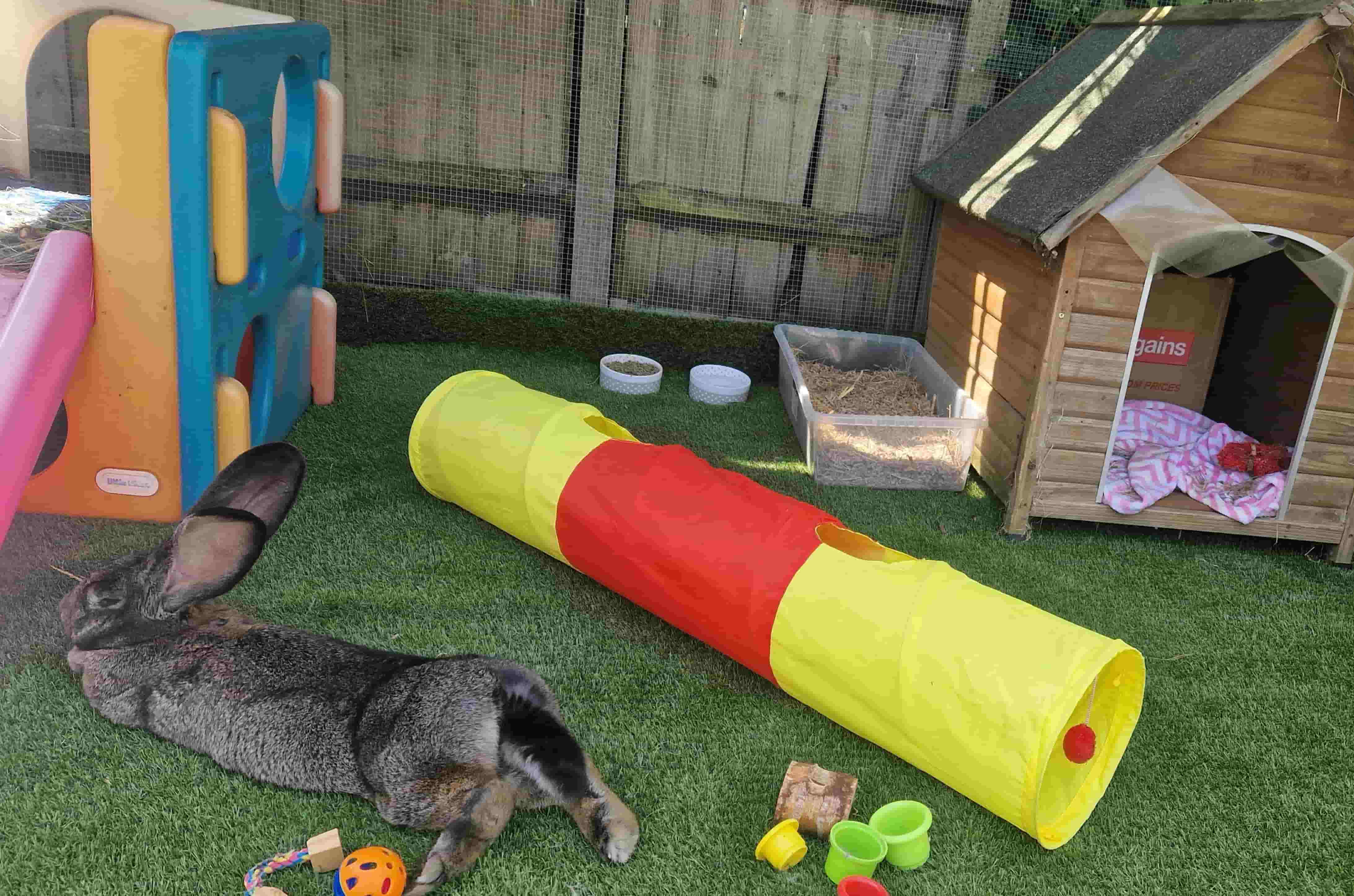
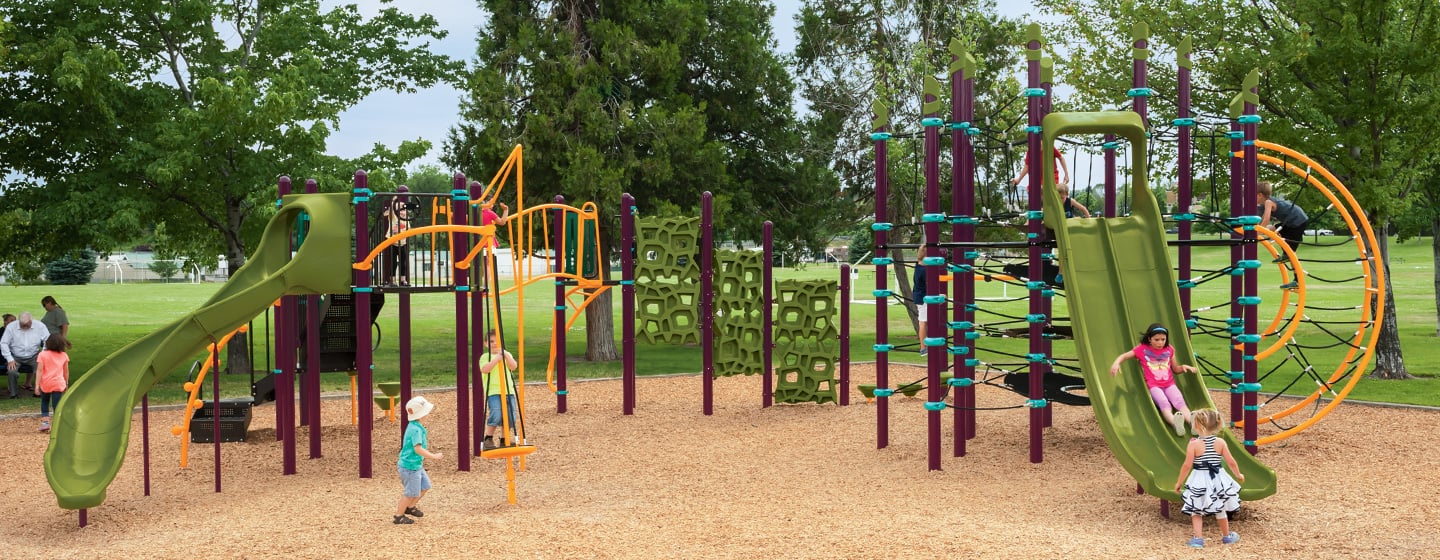
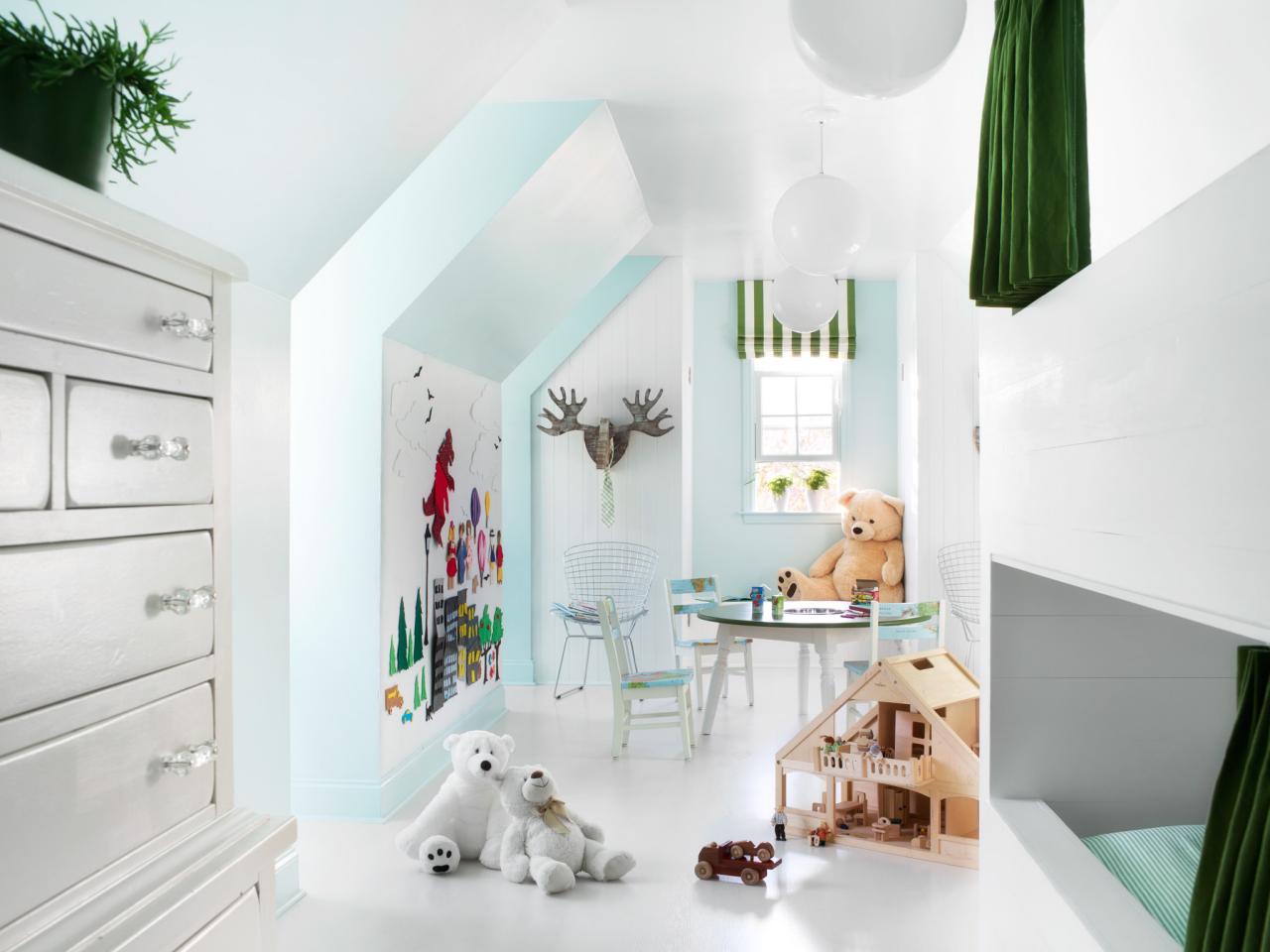
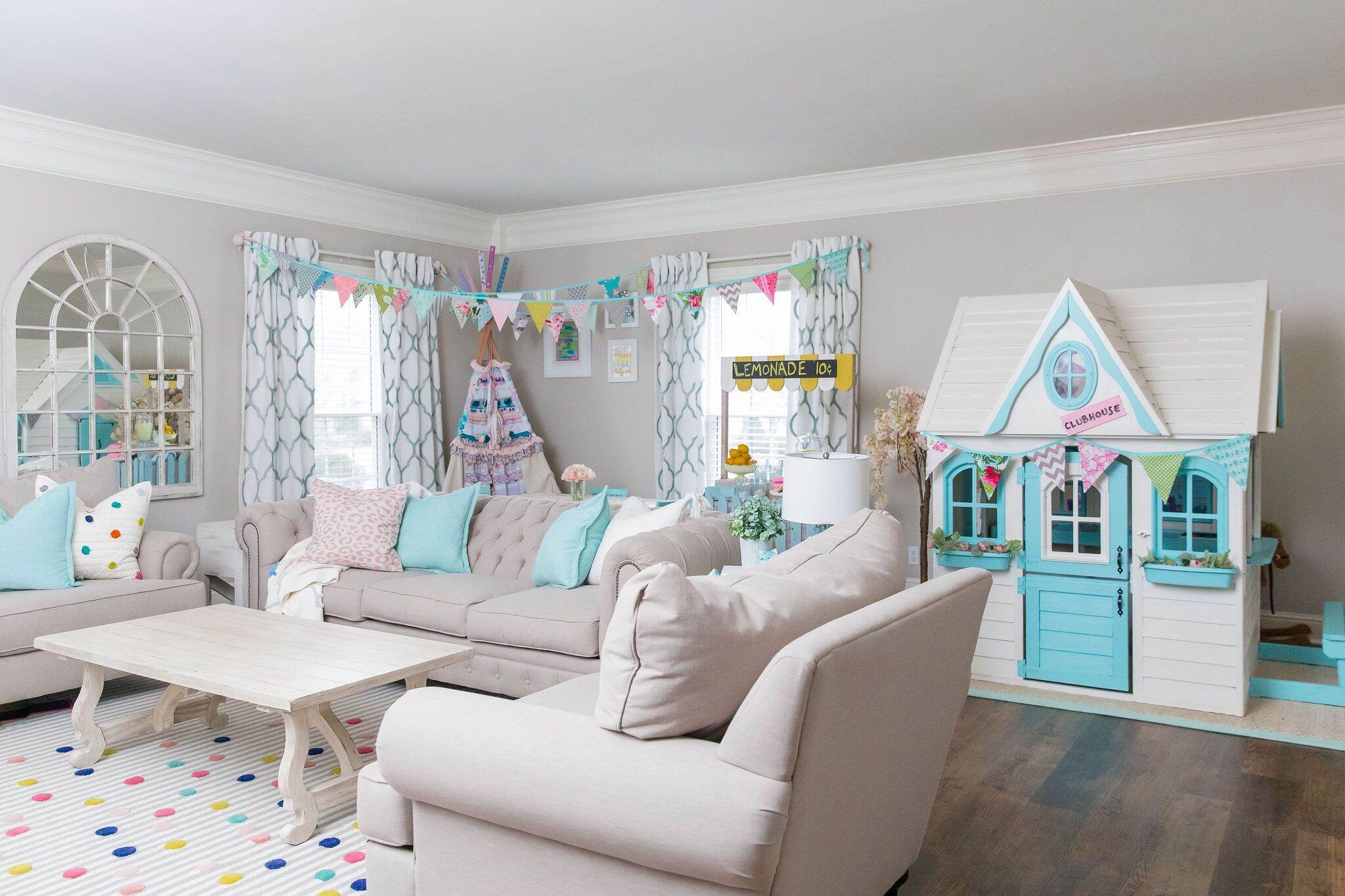
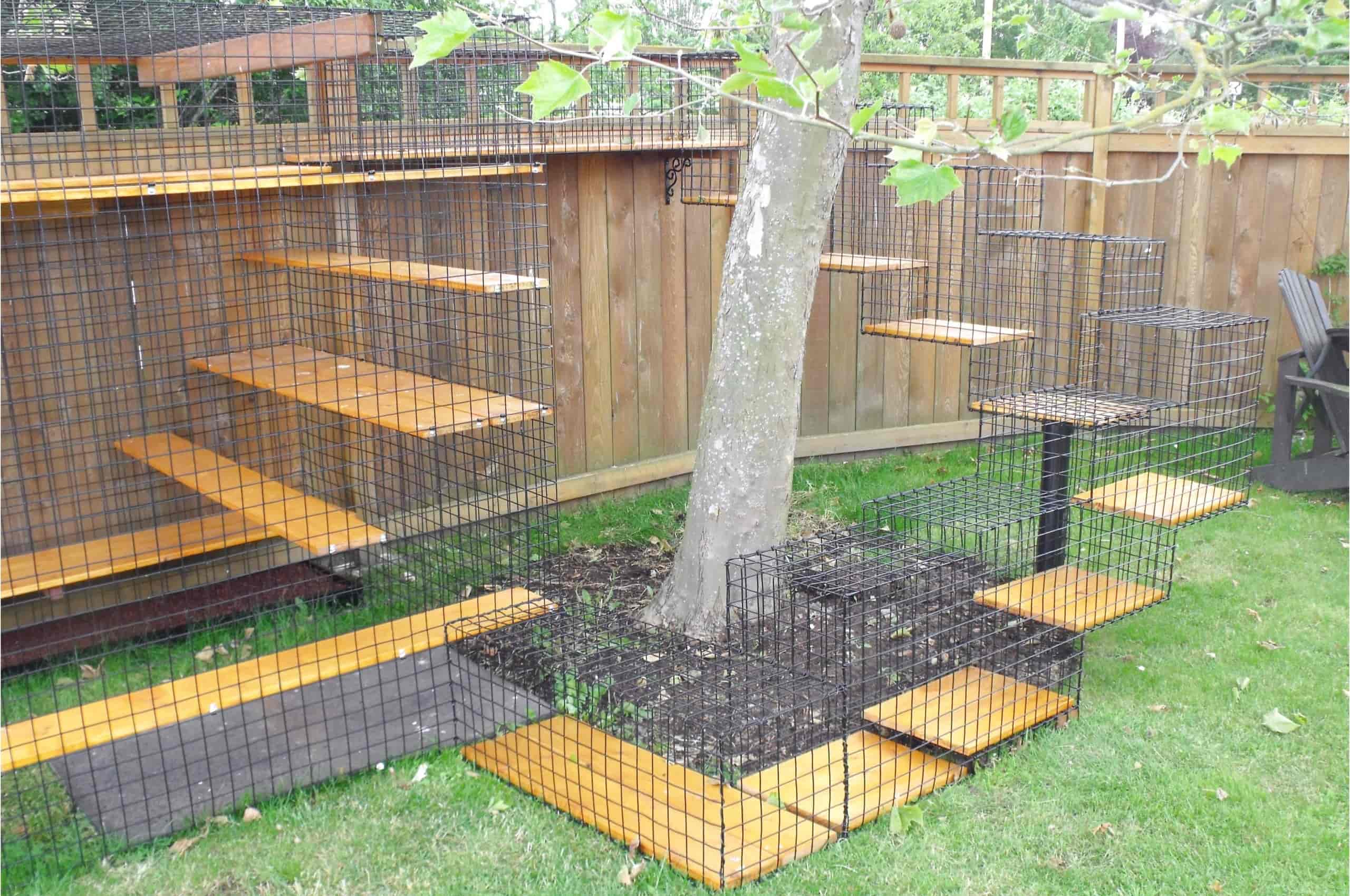
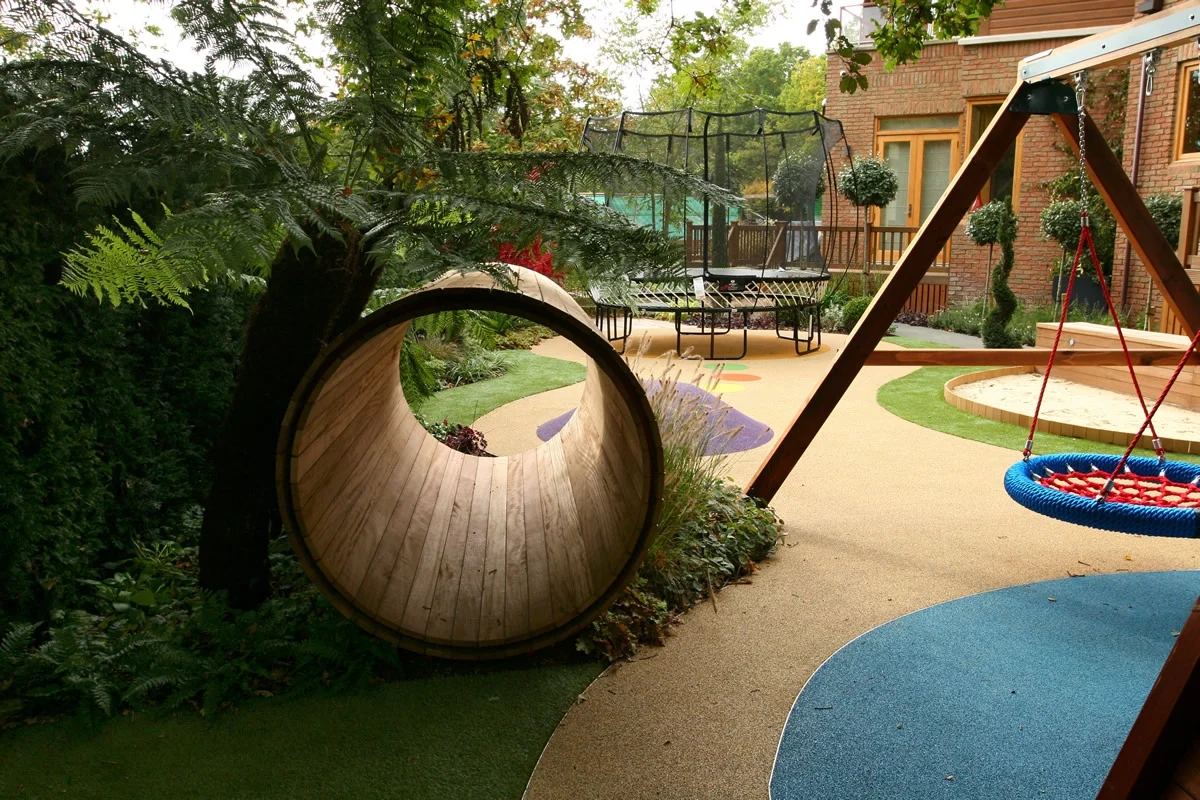
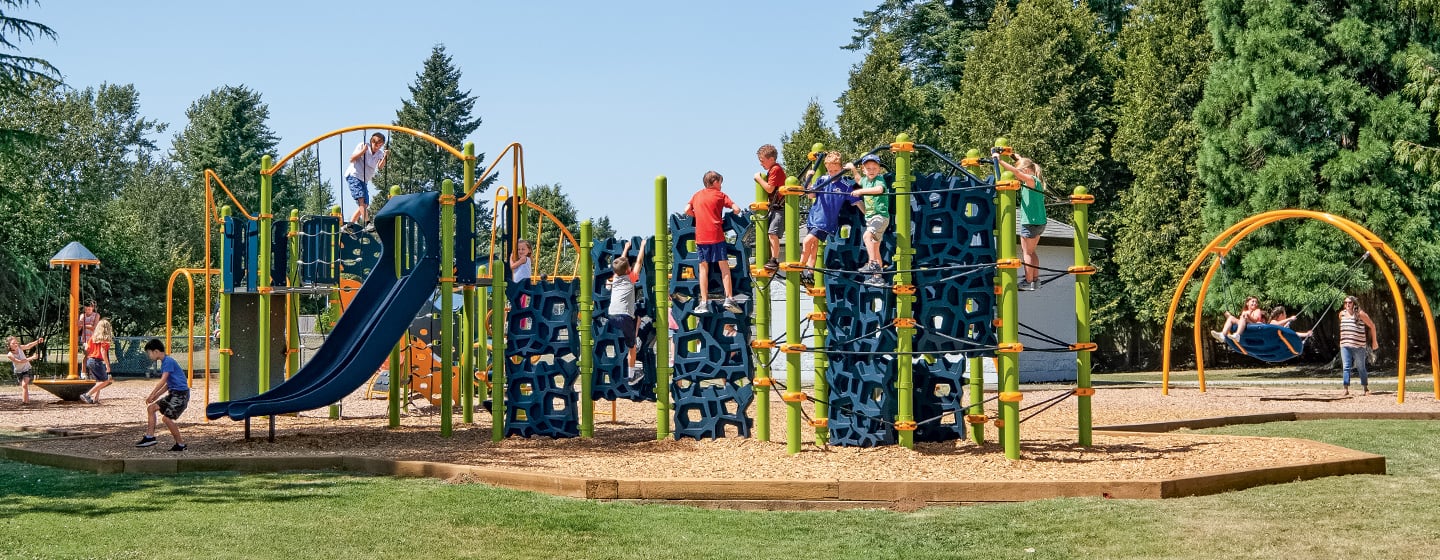
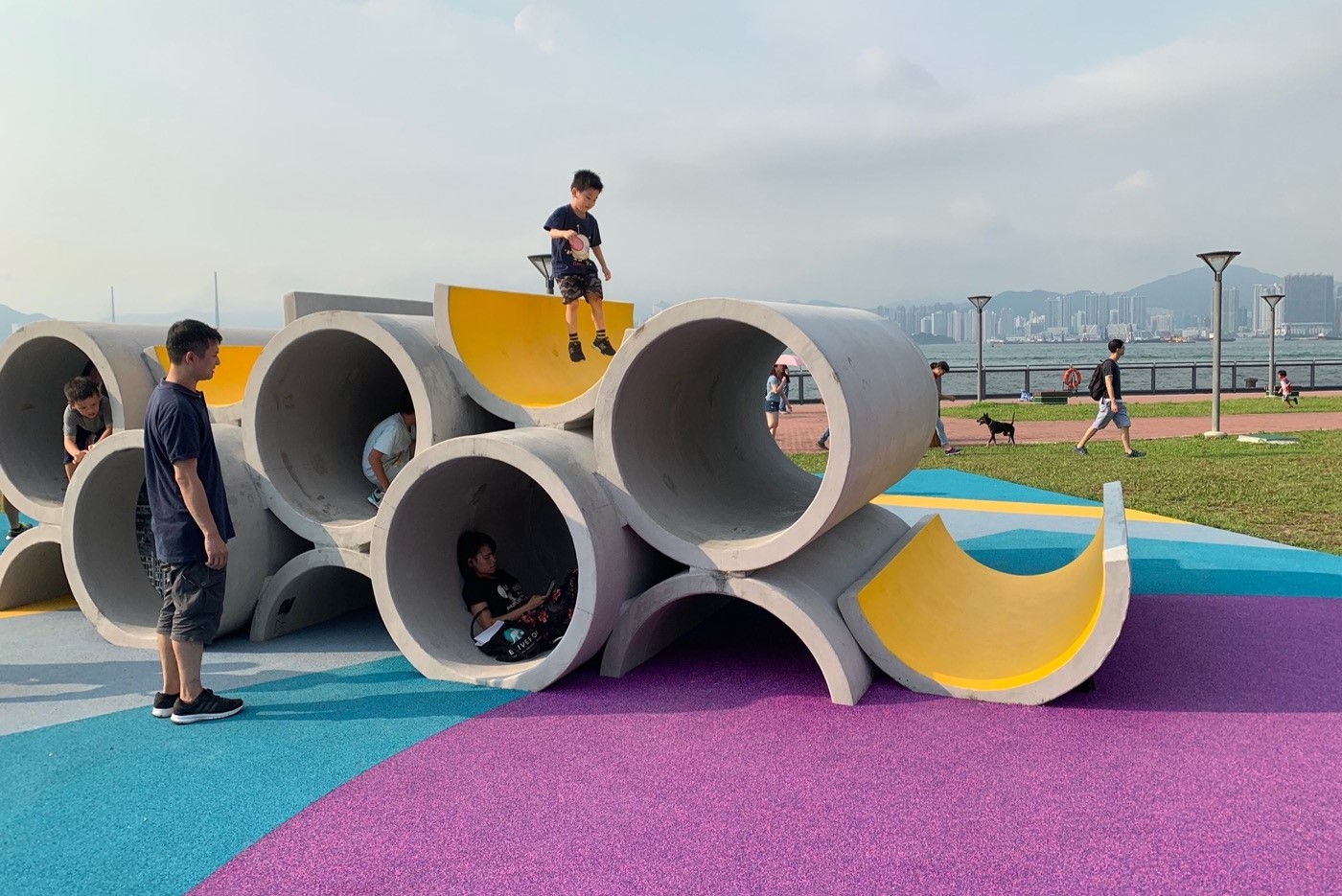

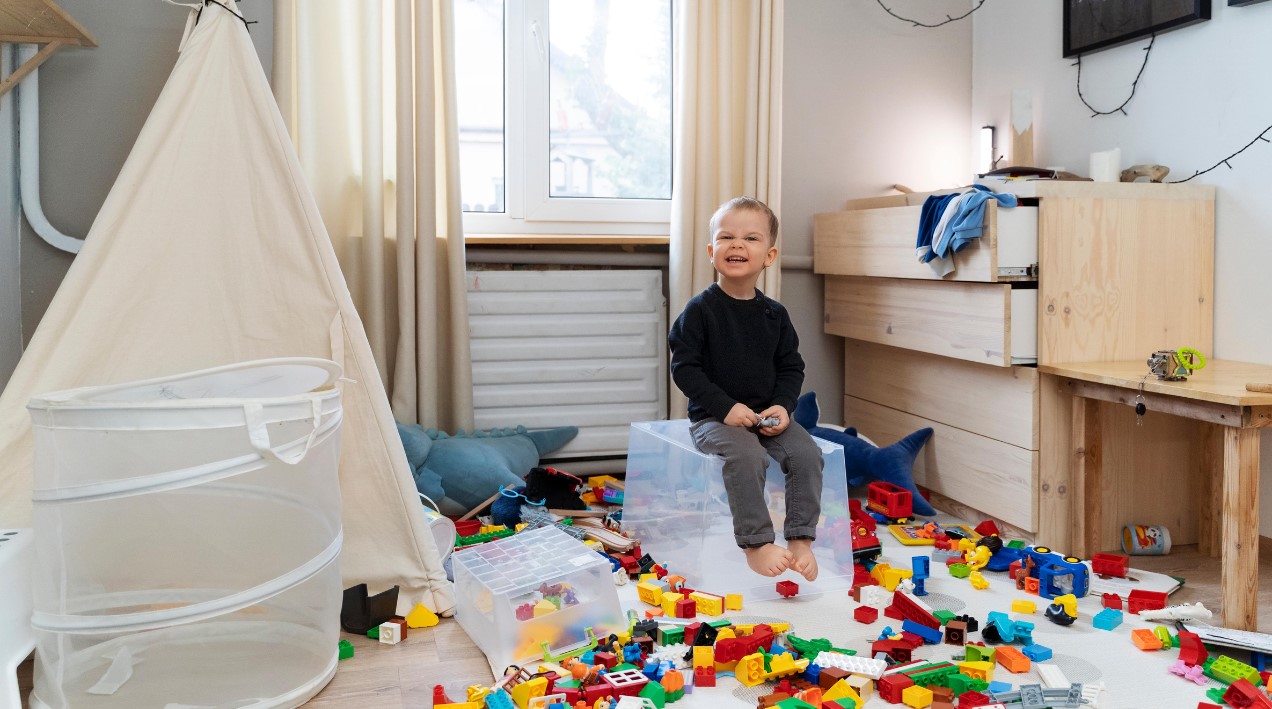


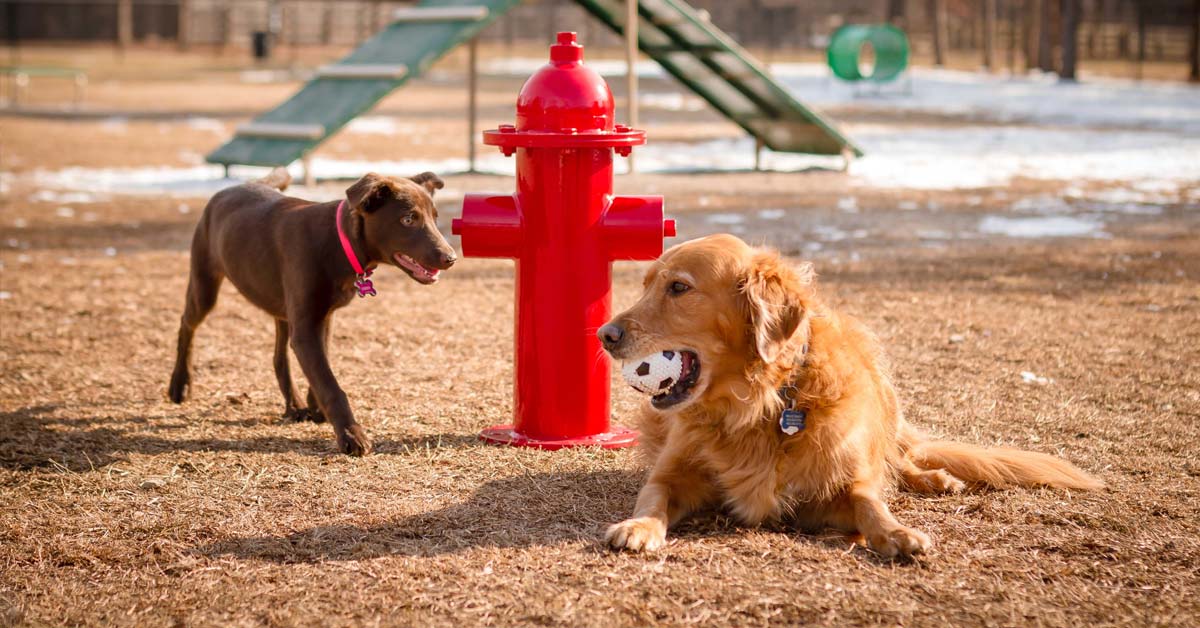
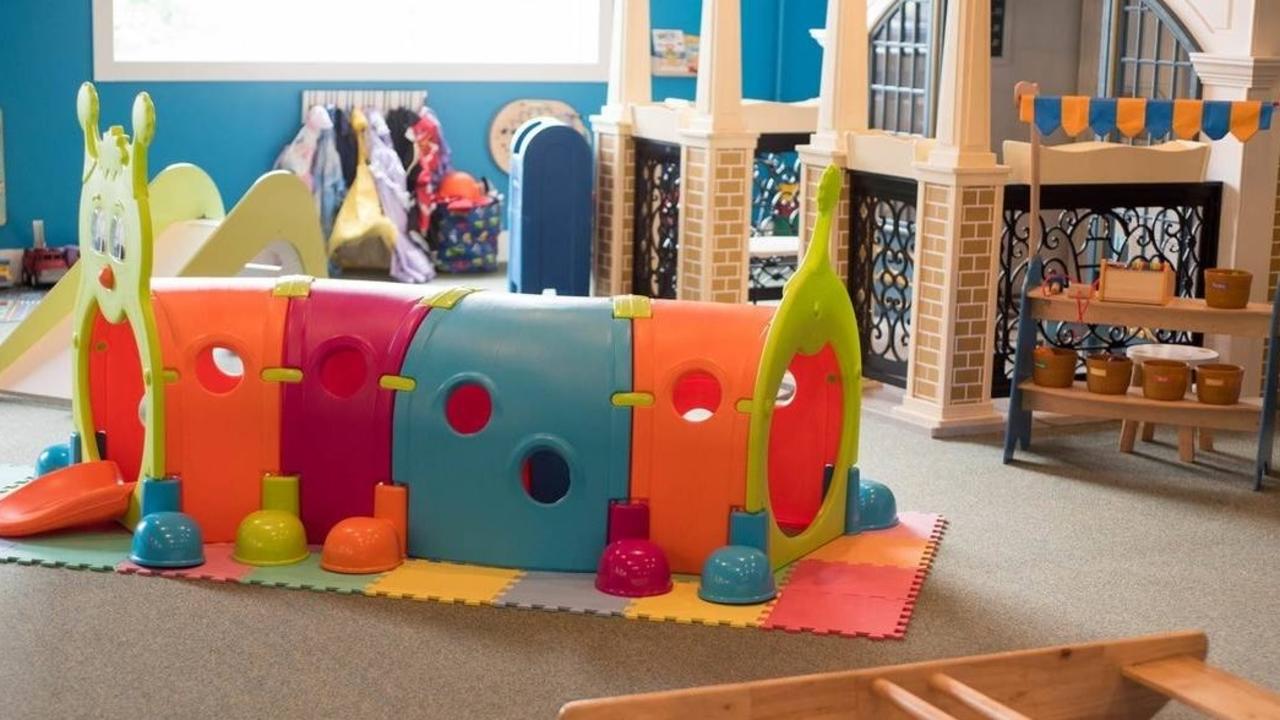

0 thoughts on “How To Create An Outdoor Play Area For Kids”